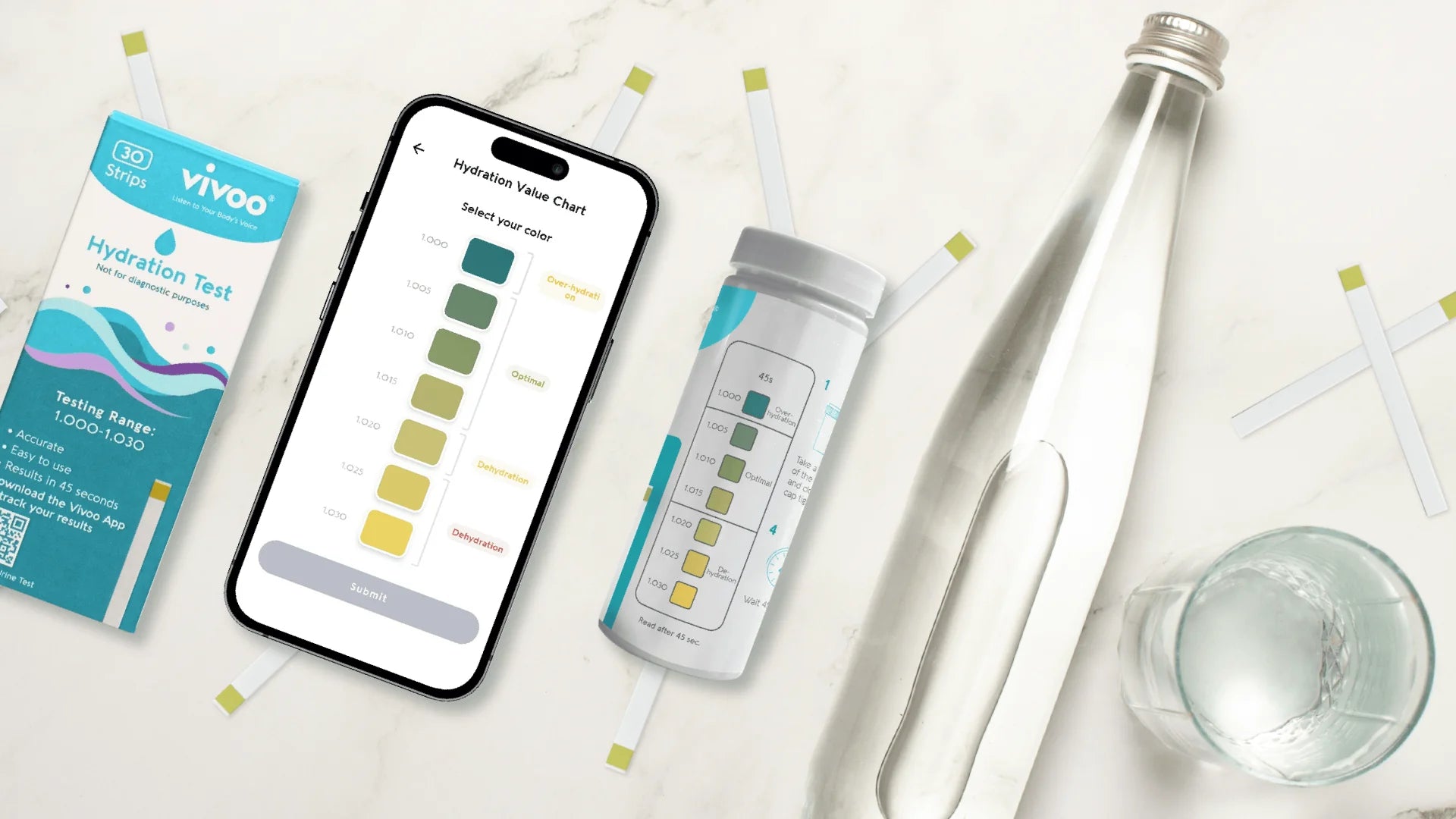A urine dipstick test involves dipping a particular strip of paper into a urine sample in order to test the urine. The outcome is nearly immediately available. It's also known as a rapid urine test. The quickest method of testing urine is with a urine dipstick. It entails dipping a specially treated paper strip into a urine sample. You can do this on your own at the comfort of your home or a healthcare provider might order a test to be done at the hospital or lab.
What does a urine dipstick test for?
A urine dipstick test may be performed as part of a normal examination of your general health, such as an annual physical. It is a tested and trusted method for detecting diseases in their early stages. They are as follows:
- Kidney disease is a condition that affects the kidneys
- Hepatitis is a disease of the liver.
- Diabetes
- If you're having surgery or are going to be admitted to the hospital, your doctor may want to analyze your pee.
- A urine dipstick test may also be done as part of a pregnancy checkup.
- If you're experiencing symptoms of a kidney or urinary tract disease, you may be able to have testing to figure out what's wrong.
- If you have a condition like a kidney disease that has to be monitored over time, you may have this test done on a regular basis.

A urine dipstick test is frequently performed for a variety of reasons:
- In order to assess your general health, your vitamin and mineral levels.
- To determine the cause of a medical illness. If you experience stomach discomfort, back pain, frequent or painful urination, blood in your urine, or other urinary issues, you may need to perform the test. It may be used to figure out what's causing these signs and symptoms.
- To keep an eye on a medical problem. If you've been diagnosed with a medical illness like kidney disease or a urinary tract infection, your doctor may advise you to test your urine regularly to track your progress and treatment.
Test with a dipstick
A dipstick, which is a tiny plastic stick with chemical strips on it, is inserted into the urine. If specific compounds are present or their levels are over normal, the chemical strips will change color. Then user results are interpreted by comparing the color change to a color chart on the box. Thanks to the simple technology, the dipstick test can also be done at home to get-real time data on many things apart from diseases.
A dipstick test looks for the following things:
- pH: The quantity of acid in urine is determined by the pH level. A high pH level might indicate you have a kidney or urinary tract problem.
- Hydration: A concentration measurement is influenced by the amount of water in your urine. Not drinking enough fluids is a common cause of a higher-than-normal concentration.
- Protein: Protein levels in the urine are usually low. Protein in urine in little quantities is normally not a reason for worry, but bigger levels might suggest kidney disease.
- Sugar: Sugar (glucose) levels in urine are usually too low to be detected. Any sugar found on this test typically necessitates further diabetic testing.
- Ketones: Any quantity of ketones identified in your urine, like sugar, might be a symptom of diabetes and need further testing.
- Bilirubin: Bilirubin is a byproduct of the destruction of red blood cells. Normally, bilirubin travels via your bloodstream to your liver, where it is eliminated and incorporated into bile. The presence of bilirubin in your urine might suggest liver illness or injury.
- Infection: The presence of nitrites or leukocyte esterase, a white blood cell product, in your urine might suggest a urinary tract infection.
- Blood: Additional testing is required if there is blood in your pee. It might be a symptom of kidney disease, infection, kidney or bladder stones.

What indicates UTI on dipstick?
UTI dipstick tests generally measure 2 parameters: leukocytes and nitrites in the urine. The presence of these in your urine might suggest the presence of a UTI.
A urinary tract infection (UTI) occurs when bacteria enter the urinary system and cause illness. UTIs are most often caused by bacteria like E. Coli. The dipstick gives a positive UTI result when it detects nitrite, blood, high protein levels, and leukocyte.
Does dipstick show kidney infection?
Yes, when used correctly, a dipstick test can accurately detect a kidney infection. While different manufacturers might have different scales that judge the health of your kidney, the detection of certain minerals in your urine will be a clear indicator of kidney infection.
How to interpret a urine dipstick?
There are many ways to interpret urine dipsticks. One way is getting the results from the lab and having your doctor interpret them. The other way is to follow the instructions of your dipstick test and check the colors of the strip. But that could be tricky to get precise results.
There is another way. Vivoo is ready to help if you want to avoid reading your results yourself and want to minimize room for error. You urinate on the Vivoo at-home urine test and scan it to the app to get your results. The app reads your results thanks to image processing and artificial intelligence, so you don't have to do it yourself like traditional urine dipsticks.
The test provides real-time information on 9 wellness parameters: sodium, vitamin C, calcium, magnesium, urine pH, ketones, water, oxidative stress, and proteins. You also receive thorough advice on each parameter and a general wellness score. The best part is that you can increase your overall score by following specific dietary and lifestyle recommendations.









